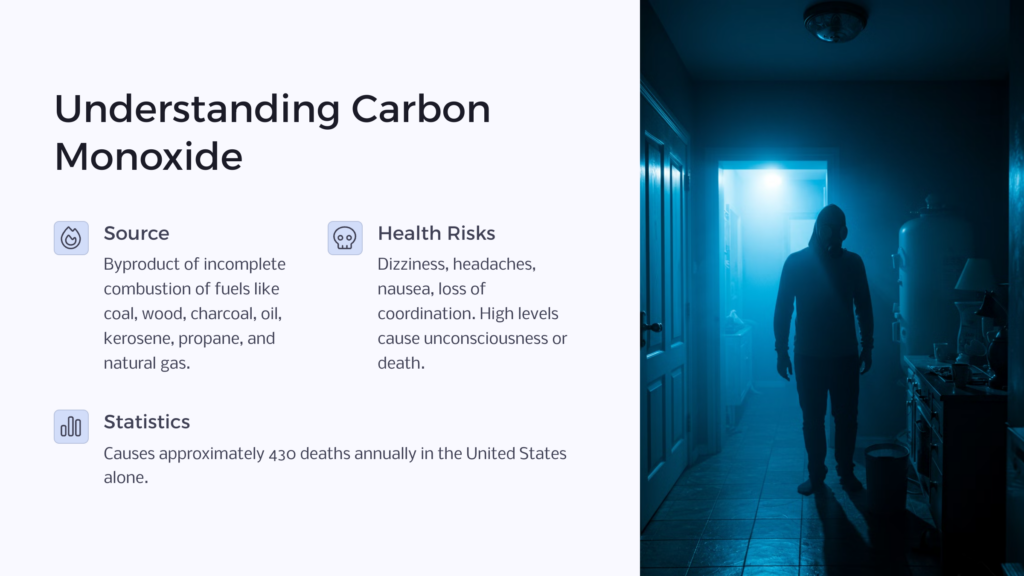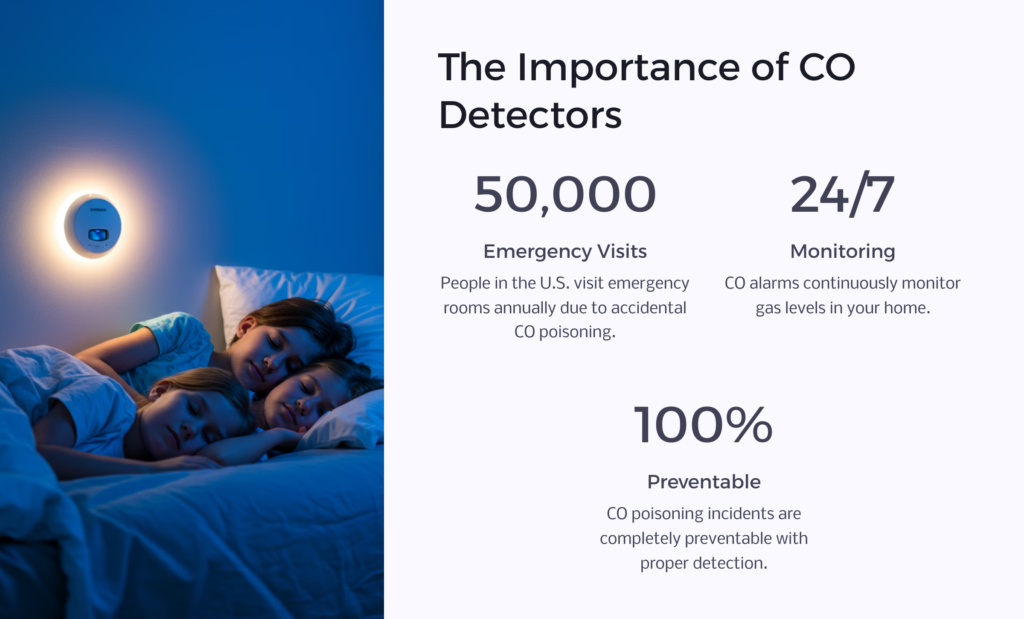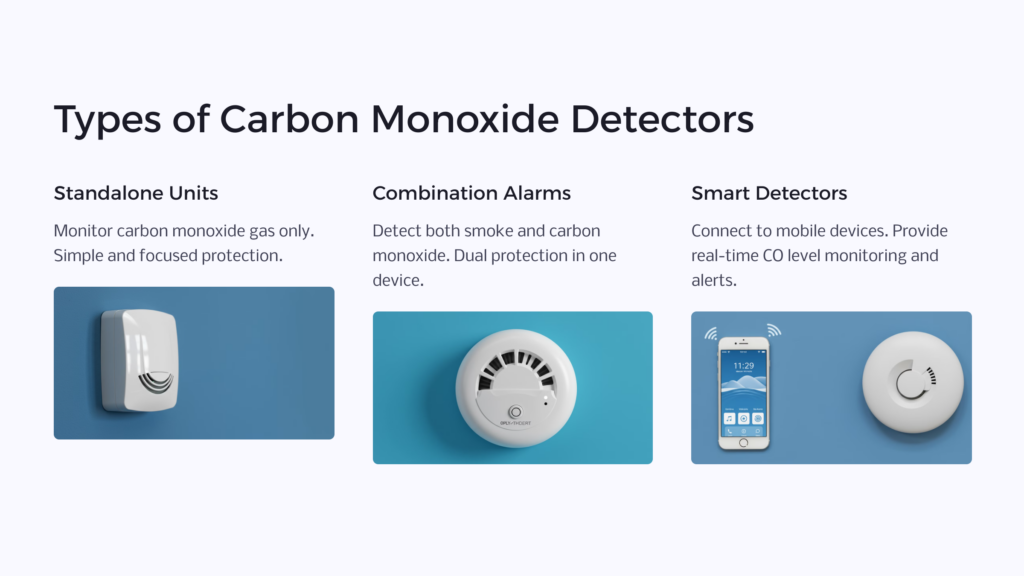Carbon Monoxide Detector: The Unseen Guardian
Carbon Monoxide, often referred to as ‘the silent killer’, is an invisible, odorless, and tasteless gas that carries lethal potential. The gas is primarily produced from burning carbon-based fuels, and prolonged exposure can lead to serious health issues or even death. The necessity to detect and mitigate this threat is universal across all households, and the answer lies within comparatively simple equipment – the Carbon Monoxide Detector.
Understanding Carbon Monoxide

Carbon Monoxide is a byproduct of incomplete combustion of carbon-based fuels such as coal, wood, charcoal, oil, kerosene, propane, and natural gas. Whenever we burn these fuels without proper ventilation, we run the risk of Carbon Monoxide buildup.
The foremost risks of Carbon Monoxide exposure include dizziness, headaches, nausea, and loss of coordination, with high levels leading to unconsciousness or death. This invisible threat doesn’t discriminate and can strike anyone, regardless of age or health condition, causing approximately 430 deaths annually in the United States alone.
The Importance of Carbon Monoxide Detectors

Carbon Monoxide alarms play a crucial role in protecting us from this silent killer that is carbon monoxide poisoning. They monitor CO levels and alert the inhabitants as soon as a substantial rise is detected, which can be life-saving in many scenarios.
Case studies have shown that each year, approximately 50,000 people in the U.S. visit the emergency room due to accidental CO poisoning, establishing the significant role detectors can play in prevention.
Types of Carbon Monoxide Detectors

There are mainly three types of Carbon monoxide detectors:
- Standalone units, which only monitor carbon monoxide gas.
- Combination alarm for smoke and carbon monoxide gas that provide dual protection.
- Smart detectors, which connect to mobile devices and give real-time CO gas levels.
When compared, smart detectors incorporate more advanced features, providing both audible alarms and smartphone notifications. However, standalone and combined units are more affordable and less complicated to install and use.
Features to Consider While Purchasing a Carbon Monoxide Detector

When investing in a Carbon Monoxide detector, consider factors like battery life, alarm loudness, digital display, and CO level sensitivity.
The battery life decides how often you’ll need to replace the batteries. The alarm loudness ensures you’ll hear it even when you’re sleeping or in another part of your home. A digital display allows you to monitor the actual CO levels in your home. And the CO level sensitivity determines the accuracy of the detector.
Prominent brands in the market, such as Nest Protect, Kidde, and First Alert, offer models that incorporate all these key features for enhanced protection.
Proper Placement, Installation, and Maintenance of Carbon Monoxide Detectors
Just like with a smoke alarm, placement is critical. Experts recommend installing them near sleeping areas and on every level of your home, including the basement.
Installation is generally straightforward – attach the mounting bracket to the wall, and then affix the detector onto the bracket. However, make sure to follow the instructions in the owner’s manual.
Maintenance for these detectors includes regular testing to ensure functionality, and battery replacement at least once a year.
Section 6: Legislation and Safety Standards Relating to Carbon Monoxide Detectors
In the U.S, many states mandate the installation of a CO alarm in residential properties. Safety standards, such as those defined by UL (Underwriters Laboratories), demand that a carbon monoxide alarm sounds when concentrations reach hazardous levels.
Conclusion
Understanding the risk of carbon monoxide and the role of carbon monoxide alarms is essential for every household. Installing a reliable carbon monoxide detector can significantly reduce the risk, providing much-needed peace of mind to homeowners.
Protect your homes and loved ones from this unseen threat, and ensure a safer environment by investing in a quality carbon monoxide alarm today. Prioritizing safety isn’t merely a precaution, it’s a responsibility.
